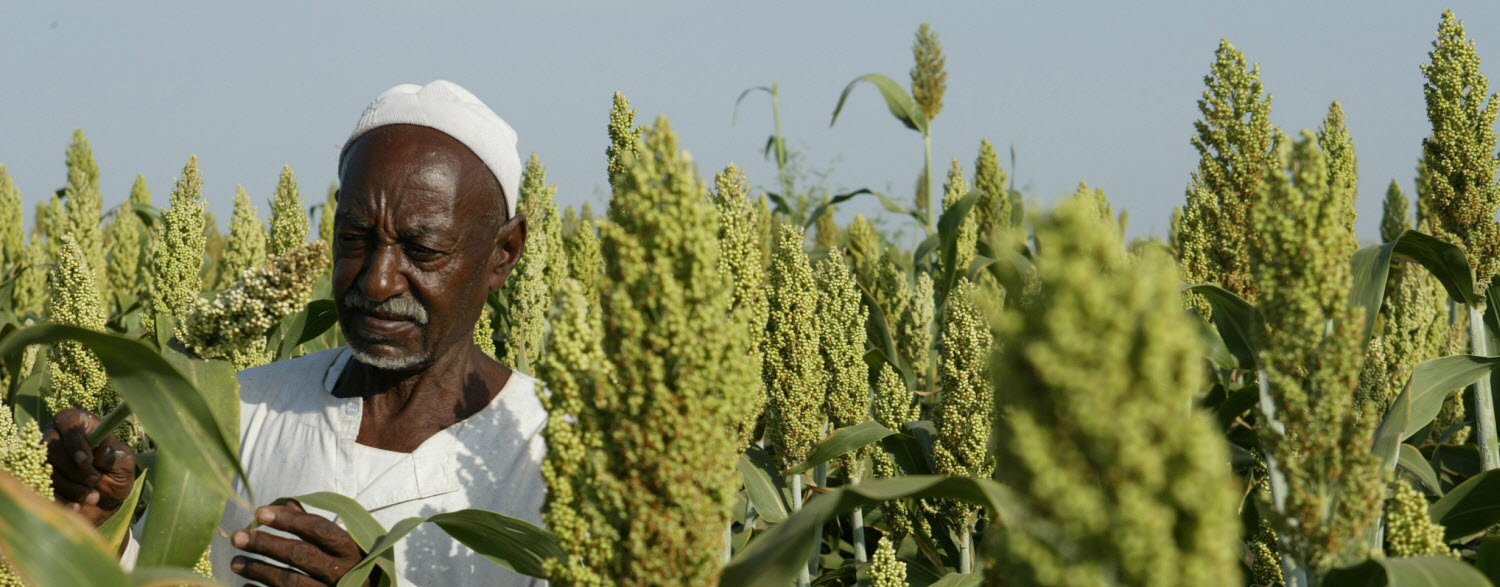
Evaluation of FAO's country programme in the Sudan (2017–2021)
The Sudan is geographically located at the crossroads of sub-Saharan Africa and the Near-East and stretches across the Red Sea. The country has a Sahelian belt with the desert in the far north and fertile land in the Nile valleys, the Gezira and across the rest of the country from Darfur to Kassala via the Blue Nile and Kordofan states.
The armed conflicts ravaging many regions (South Sudan -before cessation, the Blue Nile, South Kordofan and Greater Darfur) has disrupted communities with millions of Sudanese ending up as internally displaced persons (IDPs) or as refugees across the international border – a situation that turned the Sudan into the primary recipient of humanitarian assistance with the largest presence in the country of the World Food Programme (WFP) worldwide. Climate change impacts (frequent droughts, as well as floods) have worsened an already volatile situation.
The evaluation of the FAO country programme in the Sudan examines the relevance, coherence, contribution and sustainability of interventions in the era of the Sustainable Development Goals (SDGs). The report highlighted the technical strength of the support provided, the rapid deployment of emergency and resilience support, and the notable focus on vulnerable groups in its interventions. Because of the evaluation, the programme was able to bridge the gap between its emergency intervention and development interventions, particularly in the area of food security and livelihoods.
Imbalances between development activities and emergency response, with a greater focus on the latter, duplication of the Country Programming Framework (CPF) design process and United Nations Development Assistance Framework (UNDAF) and a lack of policy support are areas must be addressed in the new CPF.
Considering the current crisis in the Sudan, the evaluation recommends that FAO have an excellent opportunity to be “a game changer” and play a leading role in advising the government on developing a sustainable agricultural sector through policy formulation and strategy that assist the country through the transitional stage post-2022.
